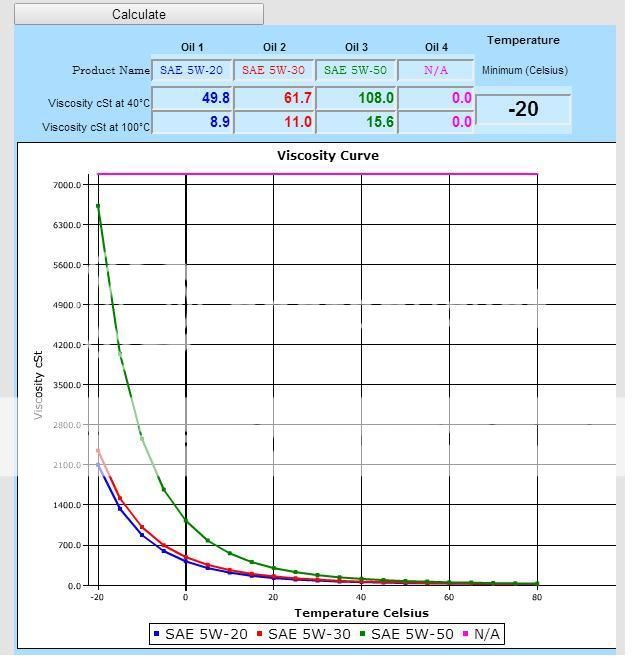No matter what else you do, the battery must be fully charged. A float charger is helpful. If you need to jump it, see tip # 43. No, it doesn’t need to be 12v. Plenty of N’s start just fine on 6v in below 0* temps. (* see below)
Your battery loses 33 percent of its power when the temperature dips below freezing, and over 50 percent of its power when the temperature falls below zero. A fully charged battery will not freeze until -76°F; however, a fully discharged battery can start to freeze at 32°F. So……keep the battery fully charged!
Clean grounds & battery terminals are always important. Don’t forget to loosen the starter from the block (see tip # 36) and polish the block & all starter mating surfaces w/ sandpaper to insure a good electrical ground.
If you can’t remember the last time you replaced the battery cables, it’s time to do it. Just because the terminals are clean doesn’t mean there is no corrosion under the insulation. And, this is another case where size matters (see tip # 41)
A charged battery, clean grounds & new cables aren’t going to mean much if the tractor needs a tune-up. At a minimum, every fall, remove the cap, check the points for pitting or burning, re-gap them & put a dab of lube on the cam. (BTW…..if you’ve wondered why some folks get years of use out of a set of points…….this is one of the reasons).
Things that aren’t all that important in warm weather become serious when it gets cold…like timing. A few degrees of timing either way at 60 or 70* isn’t likely to result in a “no-start” situation. Well, it can at 10 or 20*. Check the timing!
Distributor gaskets are important on a sidemount & critical on a frontmount. As is the gasket under the coil. Just like with the battery cables….if you can’t remember when you replaced the gaskets, do it this year.
Push the clutch in when you start the engine (tip # 29)
Pull the air cleaner cup & check for ice.
This tip won’t make it start easier, but it will make it run better: turn the main jet out ½ to 1 full turn for cold weather operating. Cold air is denser so you need a richer mixture.
While each N has its own starting sequence, none of them will start well by just yanking out the choke rod & holding it out for 5 or 10 seconds while the engine cranks. This is a gravity fuel system on a low compression engine; it is easily flooded by too much choke.
Try this:
Key on, gas on 2 full turns, clutch in, 3/4 throttle, press the starter button. Let it crank for at least 3 - 4 seconds before you pull the choke rod. Then, don't hold it out for more than 2 or 3 seconds.
If you find out it will not start w/o excessive choking, you have problems.
If you flood it, the plugs are fouled & it will be it next to impossible to start. Replace the plugs. You don't need to toss them; heat the tips for a few seconds w/ a propane torch to burn off the invisible spark-robbing deposits from today's additive filled gasoline........or wash them in lacquer thinner.
Folks who live in places a lot colder than I do here in VA will argue about battery blankets or magnetic oil pan heaters as compared to lower radiator hose heaters or dipstick heaters. I can’t offer a personal observation; the only thing I’ve ever used to heat an engine was a 100w light bulb laid against the intake manifold. Freeze plug heaters are difficult to find for N’s because of the limited space in the water jacket. Magnetic oil pan heaters on the intake manifold will help as well.
While water in gas today is unusual because of all the ethanol, it’s not unheard of. The problem stems from what’s called ‘phase separation’ in the gasoline. The alcohol binds to the water & it settles in the bottom of your tank. The way to mitigate that is to keep the tank FULL. Less air means less moisture in the tank for the alcohol to absorb. If you’re lucky enough to live in a state where you can buy ethanol free gas (and it does not require a bank loan to do it) then add alcohol to the gasoline. (e.g., “HEET”) Otherwise, the 10% ethanol in the gas is more than enough to deal w/ the water.
*This is one of my favorite quotes regarding cold weather starts:
"kilroy
07-25-2009 19:19:52
72.13.217.35
724129 <http://www.ytmag.com/cgi-bin/viewit.cgi?bd=nboard&th=724129>
my 48 8n is 6v with points in a front mount, and at -30 it fires right up, no block heater, just have to tend the choke for a minute. Have run in the rain and snow and have never had to dry the disributer, just used all the little gaskets and guess it sealed up. I like the points because if they do get wet, dry them, they work again, dont know if the electronics are that way but they cost alot more to replace than points I'm sure"
75 Tips


